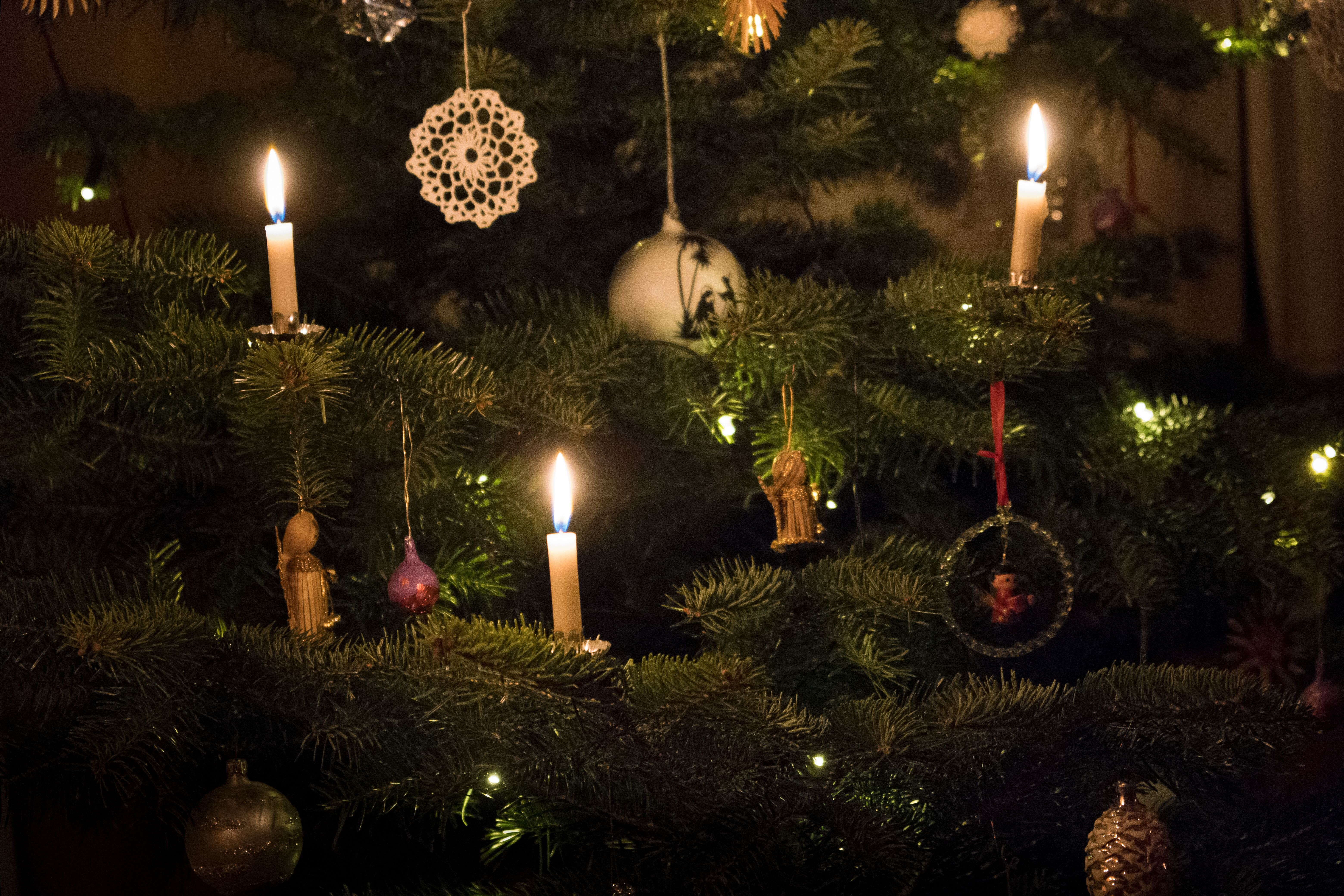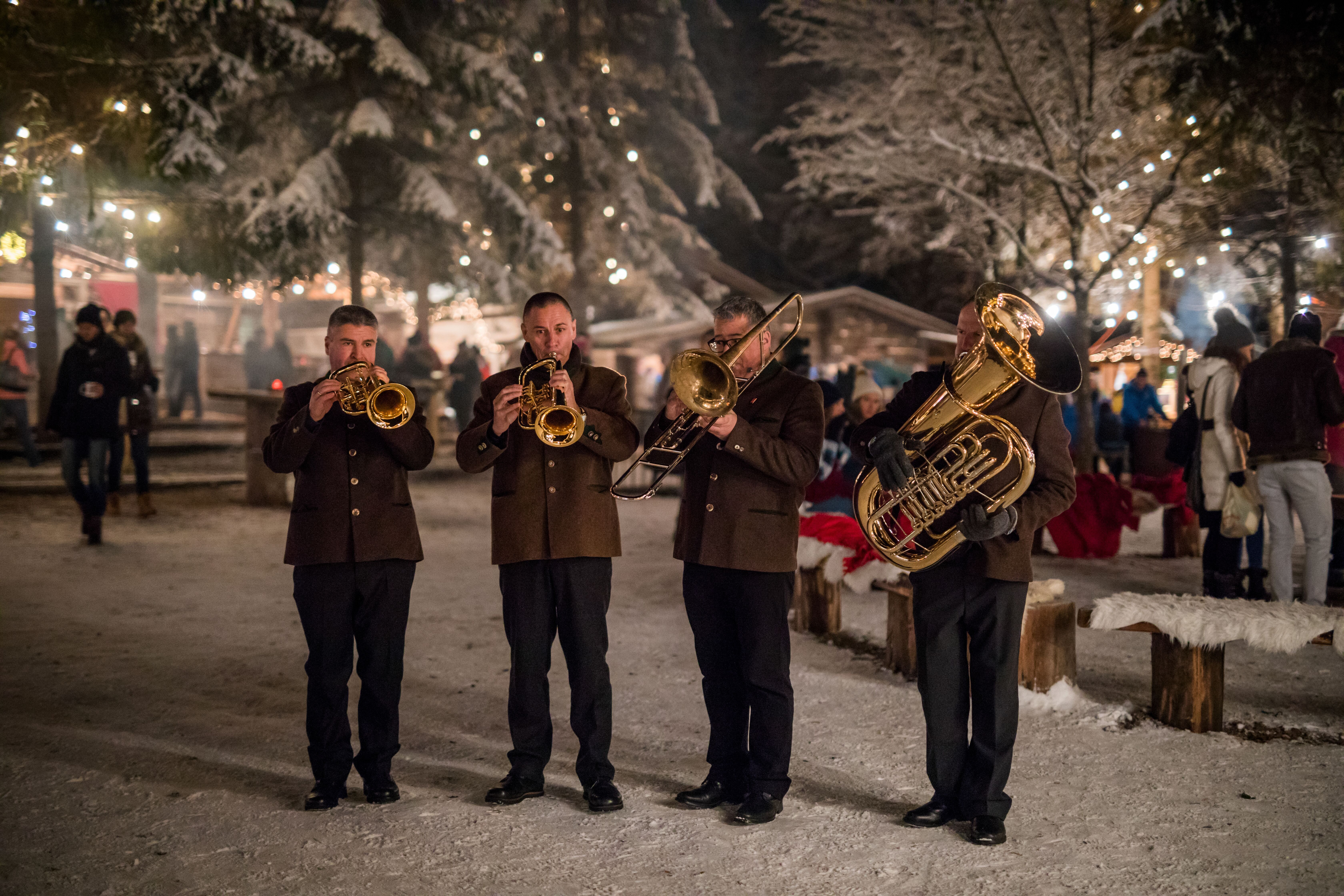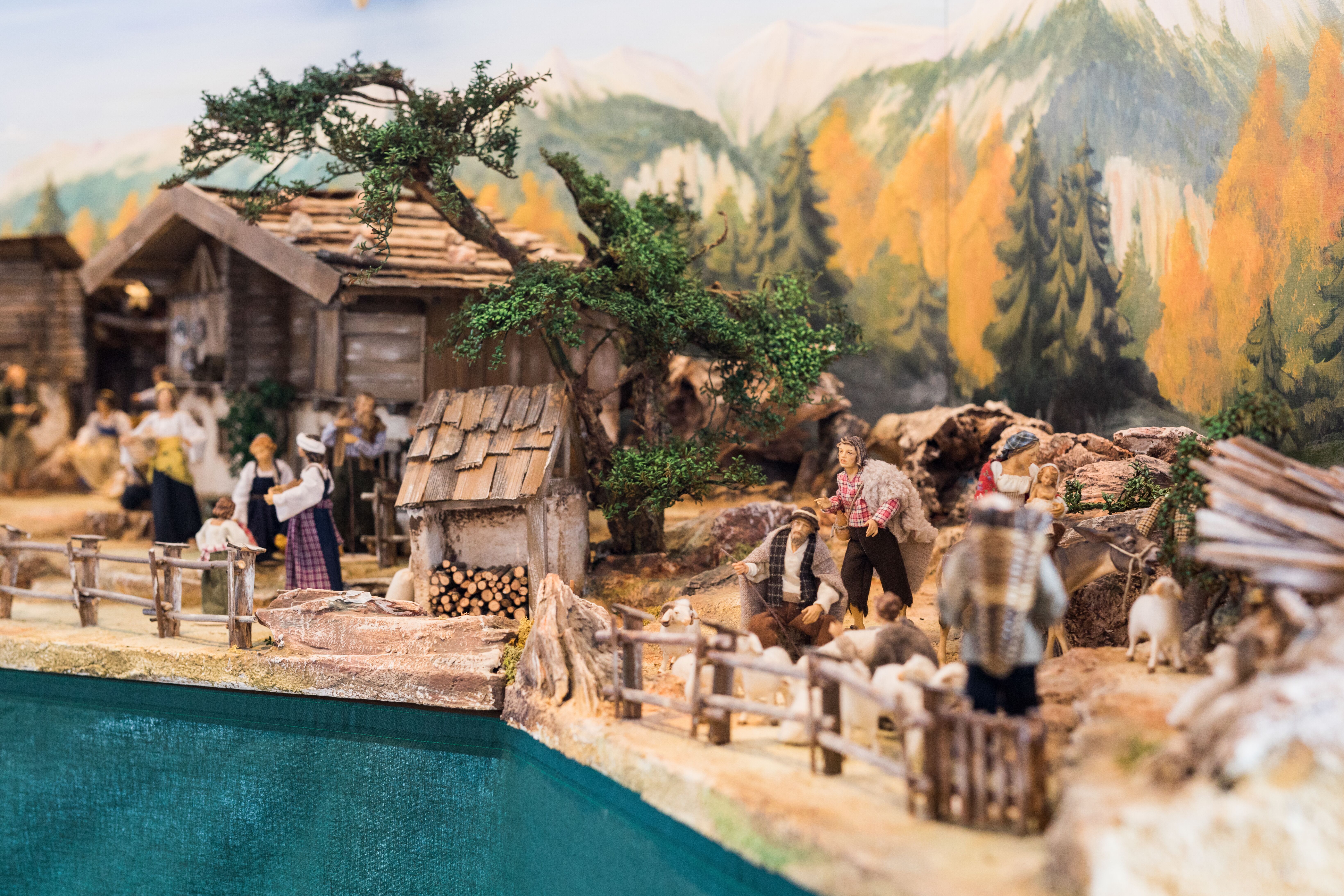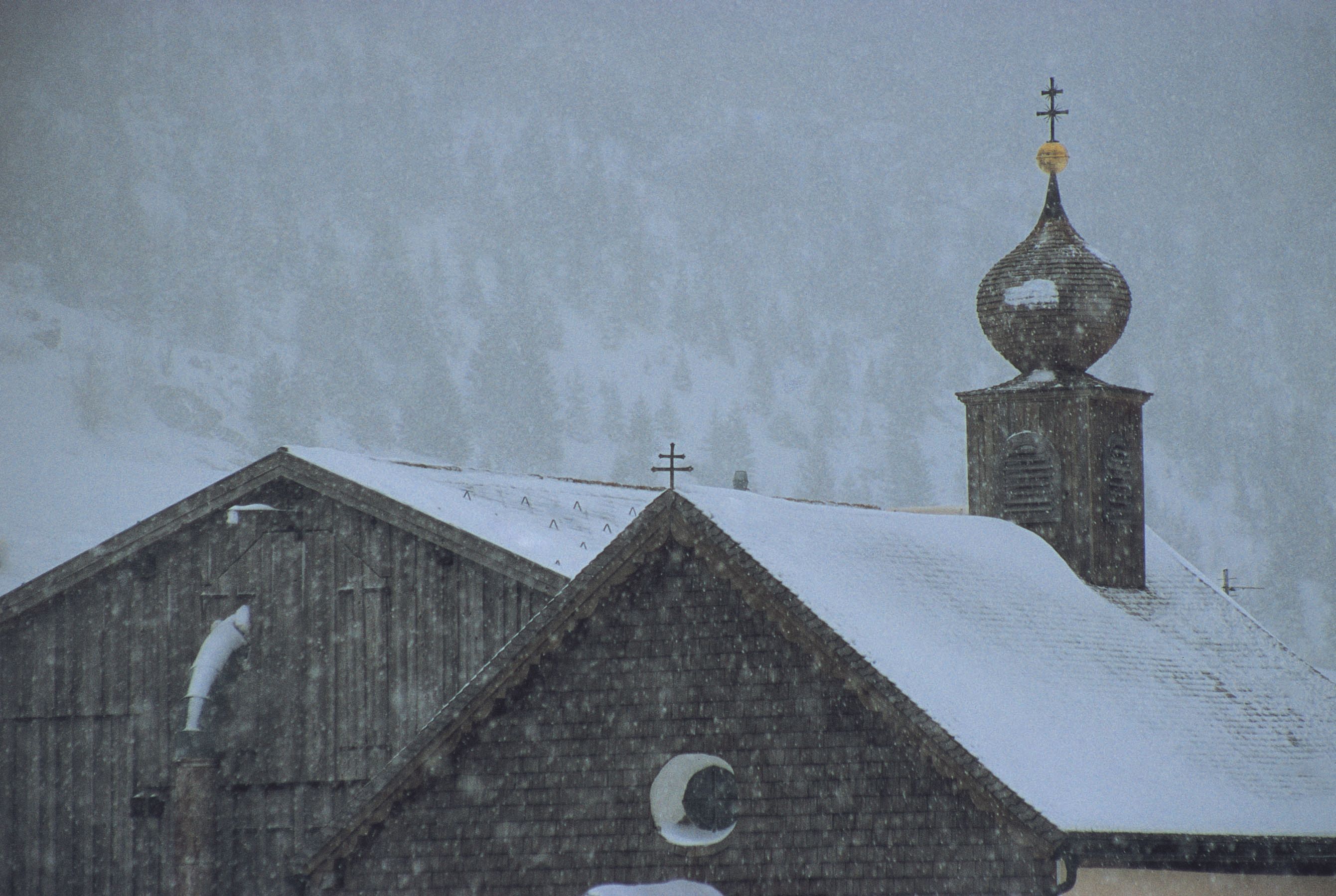
Some things are the same all over the world, others differ from family to family, and still others we only know from the country or village where we grew up - like the carolers who went from house to house in the evenings during Advent and to whom we children listened enthusiastically even in the thick of the snow. Perhaps the best of these memories of a traditional Christmas in Tyrol is that it was always a festive but never a noisy event. This is probably also the reason why many Tyrolean families still celebrate the 24th of December the same way they used to.

As in many other countries, Christmas in Tyrol also includes a Christmas tree, which is set up and decorated on 24 December in the afternoon - if not with "modern" decorations and sweets, then often with homemade straw stars, gold-coloured nuts and apples. "Typically Tyrolean", on the other hand, are the nativity scenes, figurative representations of the birth of Jesus, which are also taken out of their boxes and set up on 24 December. The figures are usually skilfully carved from wood and are passed down from generation to generation. Joseph, Mary, baby Jesus in the manger, ox, donkey, shepherds, sheep, angels and the star are placed on a manger mountain, and the wise men from the East also appear, but only on 6 January. In some villages, you can even go from house to house and view the most beautiful nativity scenes.

But back to 24 December, the first so-called Rauhnacht: On this night, people make sure that their house is protected from all evil in the coming year and go into every single room of the house with incense - frankincense, consecrated palm cats from Palm Sunday, blessed herbs - and say prayers. A recent tradition - established by ORF in 1986 - is to bring the light of peace into the house, which comes to Austria from Bethlehem and is passed on by fire brigades, the Red Cross and other institutions on 24 December.
Whether Christmas carols are sung first in the evening, dinner is served or presents are unwrapped - every family thinks a little differently. What is certain is that the Tyroleans are not only funny but also musical, which is why they have a wide repertoire of Christmas songs - from the standard carol "Silent Night" to Tyrolean or Austrian songs such as the solemn "Andachtsjodler", the jolly "Es hat sich halt eröffnet" and the multi-verse Christmas tale "Gott griaß enk Leitln". The latter ends with a request for "a Tröpfl Schnaps" - a little refreshment against the cold Tyrolean winter nights.
And that brings us to the (festive) food, whereby on Christmas Eve in Tyrol it is not a goose or a carp that is served, but a hearty meat soup with noodles and sausages - either Frankfurter/Viennese or homemade pork sausages where the butchery is home-made. In some areas of Tyrol, Christmas lard noodles are served on Christmas Eve, similar to the better-known "Kiachl". They are made from yeast dough, fried in clarified butter and have a hollow in the centre for a sweet (cranberry jam or poppy seed sauce) or savoury (sauerkraut) filling.
Thus fortified, people go to church at midnight (or earlier in some years) for Christmas mass, a particularly festive Catholic service that is often accompanied by music. Afterwards, all that remains is to have a chat with the neighbours, let the Christmas night fade away and look forward to the rest of the festive season.
